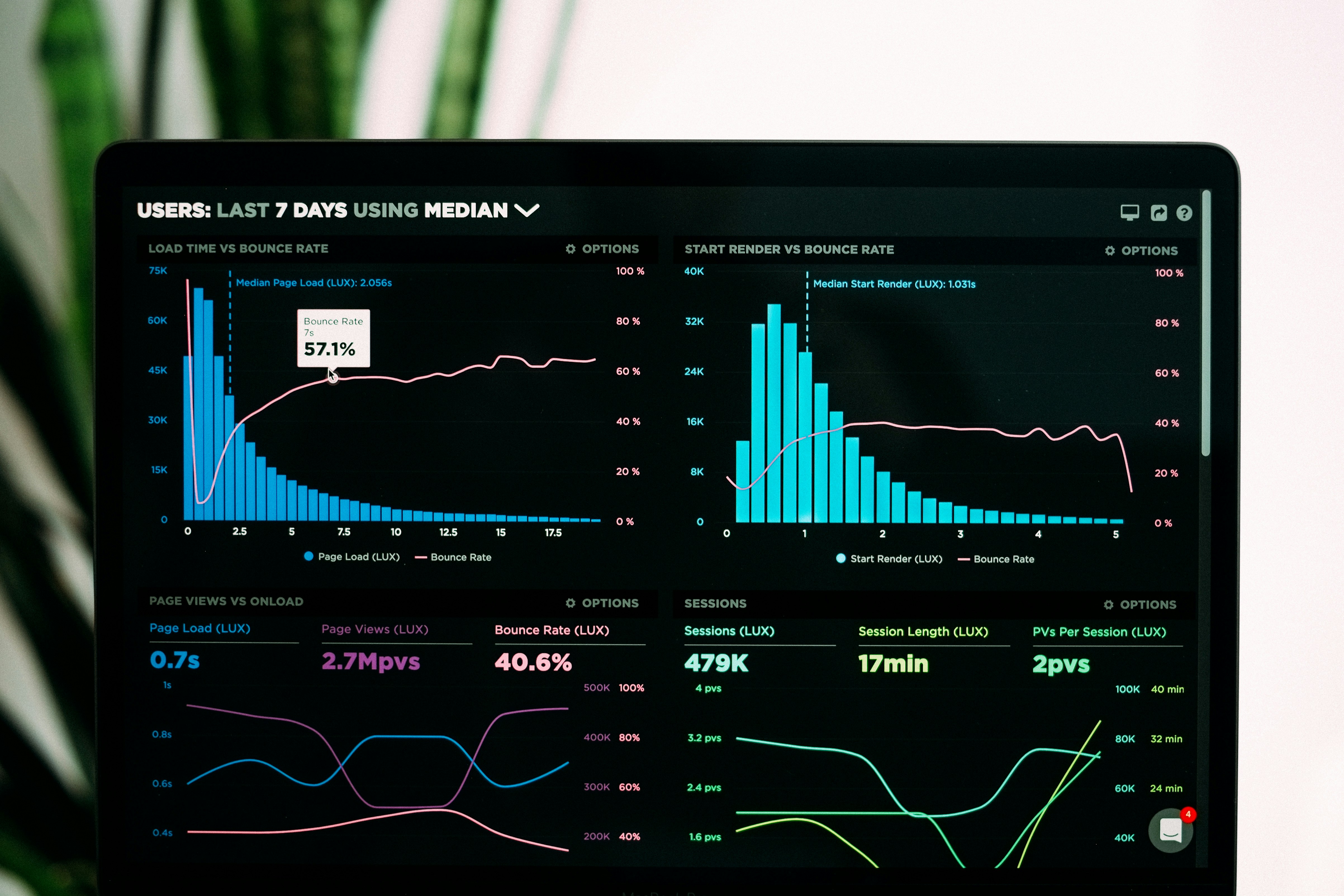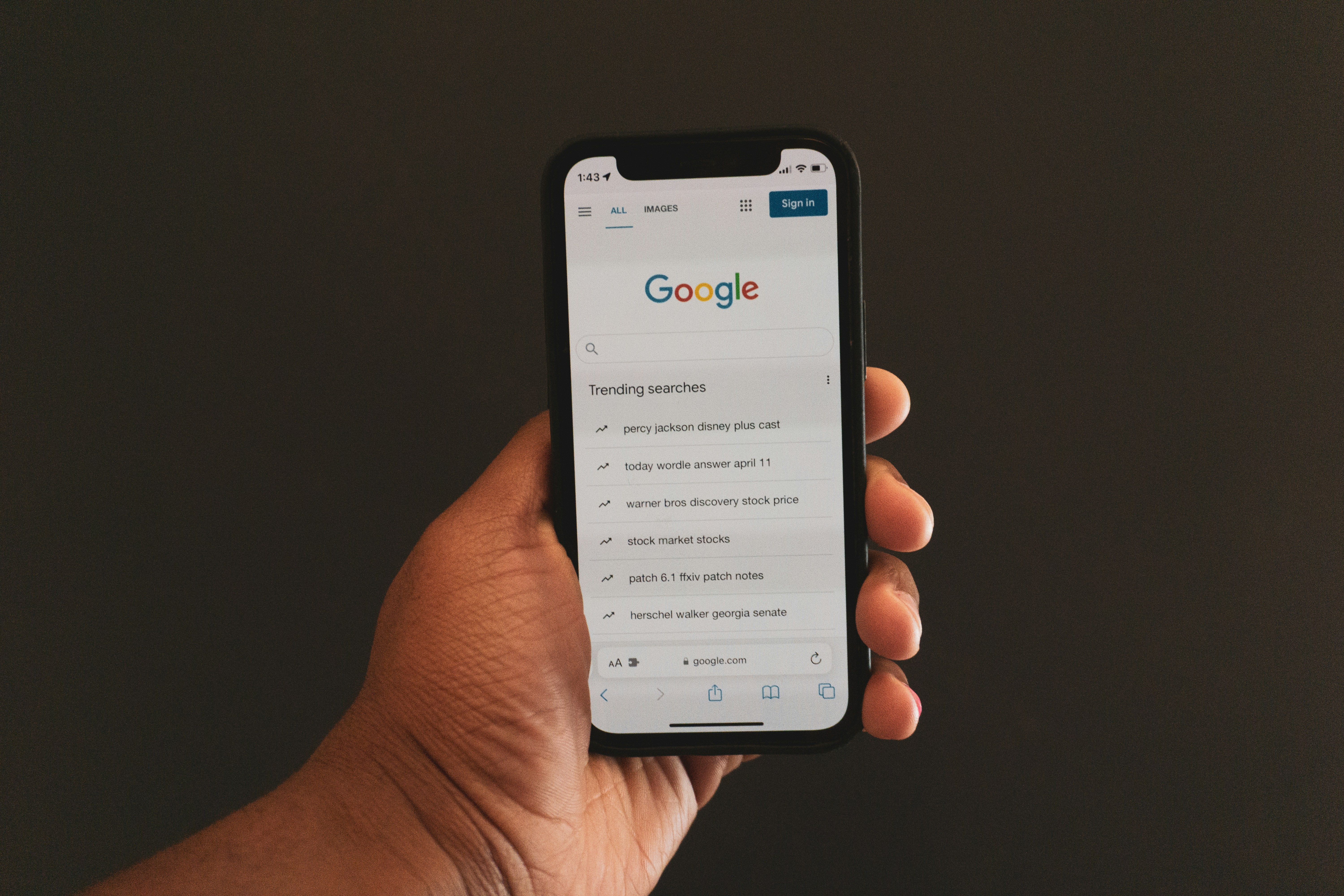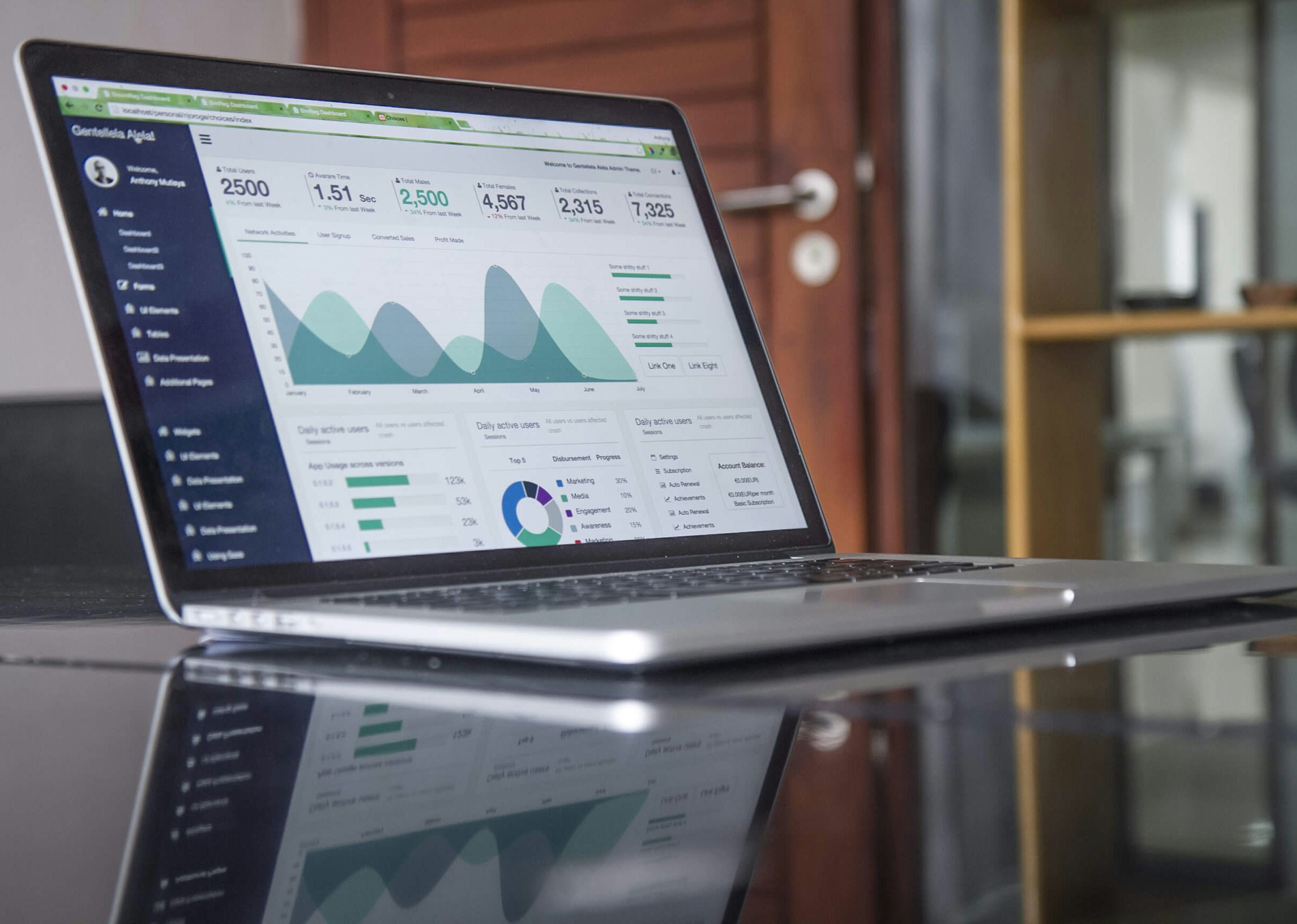
Website Bounce Rates: What They Mean and Why They Matter
As a small business owner with a website, you've likely heard the term "bounce rate" thrown around in marketing conversations. It's often mentioned as a key metric, but what exactly does it mean? More importantly, why should you care about it, and what does it tell you about your website's effectiveness as a business tool?
What Is a Bounce Rate?
In simple terms, your website's bounce rate is the percentage of visitors who leave your site after viewing only one page, without taking any action or clicking through to another page. Think of it as someone walking into your physical store, taking a quick look around, and immediately walking out without engaging with your products, services, or staff.
Google Analytics defines a bounce as a single-page session where a user lands on your site and exits without triggering any additional requests to the analytics server. Technically speaking, this means the visitor arrived at your website, didn't interact with the page in any measurable way, and left without navigating to another page on your site.
What's a "Good" Bounce Rate?
Bounce rates vary significantly across different industries and website types. While a high bounce rate isn't always bad (more on that later), here's a general guideline:
- 25-40%: Excellent, but rare unless for specific page types
- 41-55%: Good for most websites
- 56-70%: Average, but could use improvement
- Above 70%: Concerning for most sites, warranting investigation
Different types of pages naturally have different expected bounce rates:
- Blog posts: Often have higher bounce rates (65-90%), as users may read the content they found from search and then leave
- Landing pages: Should have lower bounce rates (25-50%) since they're designed to encourage specific actions
- E-commerce pages: Typically aim for 20-45% bounce rates
- Service pages: Should target 10-30% bounce rates, as you want visitors to explore your offerings further
Why Your Bounce Rate Matters
A high bounce rate (beyond what's normal for your industry or page type) is often a red flag indicating that your website isn't meeting visitor expectations or effectively serving your business goals. Here's why this metric matters:
1. It Reflects First Impressions
The bounce rate essentially measures your website's first impression. When a visitor lands on your site and immediately leaves, it suggests that something about that initial experience didn't resonate or meet their needs. Perhaps your site took too long to load, the design appeared unprofessional, or the content wasn't what they expected.
In today's competitive online environment, you have mere seconds to capture attention. A high bounce rate may indicate you're failing to make a positive first impression that encourages further exploration.
2. It Can Impact Your Search Rankings
While Google doesn't use bounce rate as a direct ranking factor, engagement metrics that relate to bounce rate do influence your search visibility. When users quickly return to search results after visiting your site (known as "pogo-sticking"), search engines interpret this as a sign that your content didn't satisfy the user's query.
Over time, this pattern can negatively impact your rankings as search engines aim to deliver the most relevant and satisfying results to users.
3. It Affects Conversion Opportunities
Every bounce represents a lost opportunity for conversion. When visitors leave after viewing just one page, they don't see your full range of offerings, your compelling testimonials, or your special promotions. They don't sign up for your newsletter, request a quote, or make a purchase.
For most business websites, the goal is to guide visitors through a journey that ultimately leads to conversion. A high bounce rate indicates this journey is being cut short before it even begins.
4. It Can Reveal Technical Problems
Sometimes a high bounce rate points to technical issues rather than content problems. Slow loading speeds, mobile display issues, broken links, or JavaScript errors can frustrate visitors and cause them to leave immediately. Monitoring your bounce rate can help you identify these technical problems before they significantly impact your business.
When a High Bounce Rate Isn't Necessarily Bad
Not all high bounce rates are cause for concern. In certain situations, a higher bounce rate may be expected or even desirable:
- Simple information pages: If your page provides a quick, specific answer (like your business hours or address), users might get what they need and leave satisfied.
- Single-action pages: Pages designed for a single conversion action (like a form submission) may naturally have higher bounce rates if users complete that action.
- Blog posts or articles: Content that thoroughly answers a specific question may result in a satisfied visitor who doesn't need to explore further.
The key is understanding the context and intent behind each page on your site. A high bounce rate is concerning when it indicates a mismatch between visitor expectations and what your page delivers.
How to Analyze Your Bounce Rate Effectively
Rather than obsessing over a single site-wide figure, here's how to gain meaningful insights from your bounce rate data:
1. Segment by Traffic Source
Different traffic sources often yield vastly different bounce rates:
- Organic search traffic: Are you attracting the right search queries? A high bounce rate might indicate keyword mismatches.
- Social media traffic: Social visitors often have shorter attention spans. Are you setting proper expectations in your social posts?
- Paid advertising: A high bounce rate from ad traffic suggests a disconnect between your ad promises and your landing page experience.
- Direct traffic: These visitors likely know your brand already, so a high bounce rate here is particularly concerning.
2. Examine Page-Specific Bounce Rates
Not all pages serve the same purpose. Analyze bounce rates for:
- Home page: Should generally have a lower bounce rate as it's designed to guide visitors to relevant sections
- Product/service pages: High bounce rates here could indicate pricing issues, lack of trust signals, or unclear value propositions
- Contact pages: May naturally have higher bounce rates if visitors simply needed your phone number or address
3. Consider Device Types
Mobile users typically have higher bounce rates than desktop users. If your mobile bounce rate is significantly higher, your site may have responsive design issues or usability problems on smaller screens.
Practical Steps to Reduce a High Bounce Rate
If you've analyzed your bounce rate data and determined improvements are needed, here are practical strategies to keep visitors engaged:
1. Improve Page Load Speed
Speed is critical—each additional second of load time increases bounce probability. Optimize images, enable browser caching, minimize HTTP requests, and consider upgrading your hosting if necessary.
2. Enhance Your Content Quality and Relevance
Ensure your content delivers on the promise that brought visitors to your page in the first place:
- Use clear, scannable formatting with headers, bullet points, and short paragraphs
- Include compelling visuals that support your content
- Make sure your content answers the questions visitors are likely asking
- Update outdated information regularly
3. Optimize for User Intent
Align your content with what users are actually looking for:
- Research the search queries bringing traffic to your pages
- Create content that comprehensively addresses those specific queries
- Use language that matches how your potential customers think and speak
4. Improve Navigation and Internal Linking
Make it easy and intuitive for visitors to find related content:
- Include relevant internal links within your content
- Use clear, descriptive anchor text
- Add "related content" sections at the end of articles
- Ensure your main navigation is intuitive and mobile-friendly
5. Add Clear Calls-to-Action
Guide visitors on what to do next:
- Include relevant, value-focused CTAs within your content
- Use contrasting colors to make buttons stand out
- Ensure your CTA language clearly communicates the benefit of clicking
6. Enhance Visual Appeal and Readability
First impressions matter:
- Use professional, high-quality images
- Ensure sufficient contrast between text and background
- Use appropriate font sizes (minimum 16px for body text)
- Incorporate adequate white space to avoid a cluttered appearance
Bounce Rate in Context: The Bigger Picture
While bounce rate is an important metric, it's most valuable when considered alongside other analytics:
- Average time on page: A high bounce rate combined with a long time on page might indicate content that thoroughly satisfies visitor needs.
- Conversion rate: The ultimate goal is conversion, not simply keeping visitors on your site longer.
- Exit pages: Where are visitors leaving your site? These pages might need optimization.
- New vs. returning visitors: Different expectations and behaviors require different analysis approaches.
Remember that improving your bounce rate isn't about manipulating numbers—it's about creating a better, more engaging experience that serves both your visitors and your business goals.
Next Steps: Monitoring and Continuous Improvement
Reducing your bounce rate isn't a one-time fix but an ongoing process of improvement:
- Establish a baseline for different page types and traffic sources
- Implement changes methodically, one at a time
- Allow sufficient time to collect data (at least 2-4 weeks per change)
- Document successful strategies and apply them across your site
- Continue testing new approaches to further engage visitors
By understanding what your bounce rate is telling you and taking strategic action to address issues, you can transform your website from a digital liability into a powerful business asset that effectively converts visitors into customers.
In the next post, we'll explore another critical aspect of small business websites: whether your site is functioning as merely a digital business card or truly serving as a growth engine for your business.
Is your website suffering from a high bounce rate? At Aspire to Thrive Web Design, we specialize in creating engaging, conversion-focused websites that keep visitors interested and moving toward action. Contact us today for a free website analysis.










